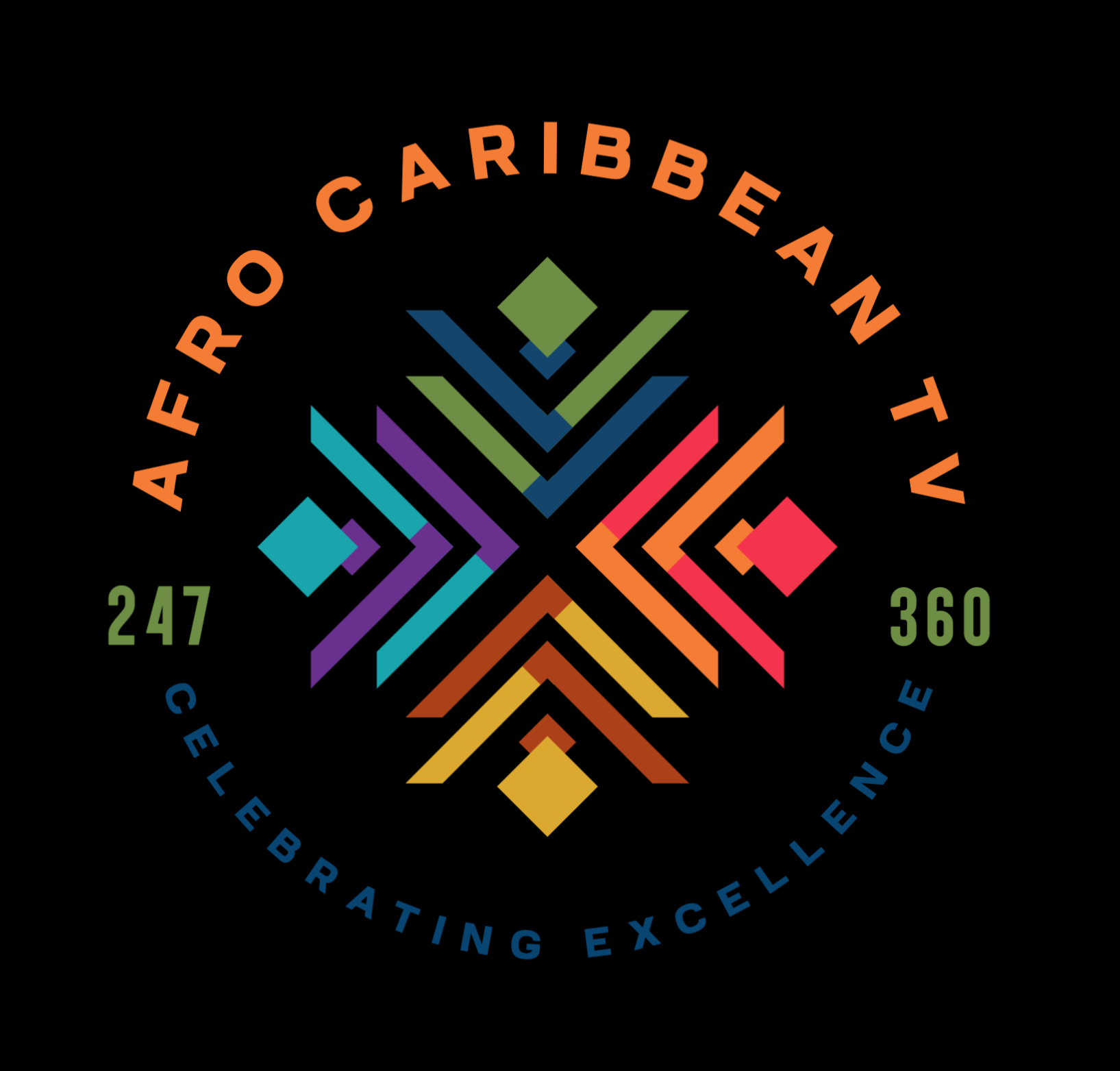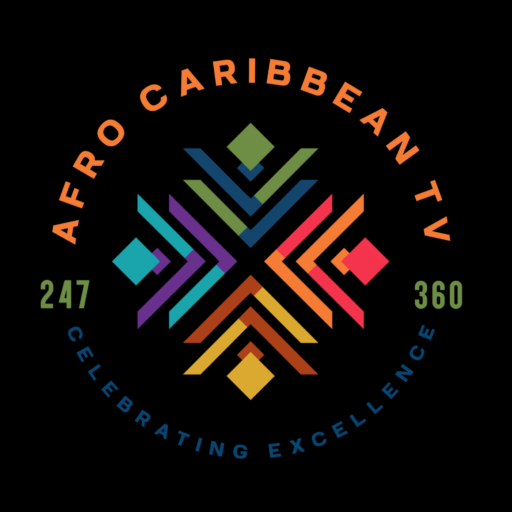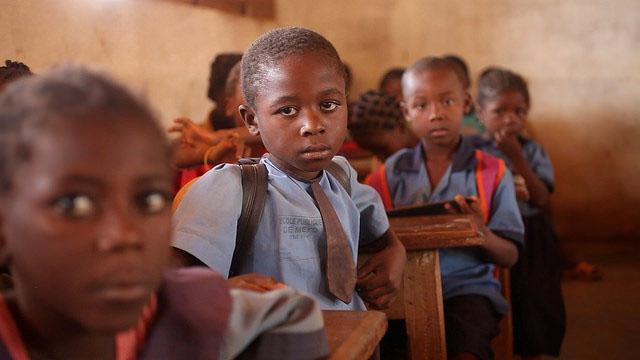The education system in Cameroon is unique because it blends two colonial legacies: the French and British systems. This has created a dual educational structure — one Francophone and one Anglophone — coexisting within the same country.
Here’s a full breakdown of how education works in Cameroon
1. Structure of the Education System
Francophone System (French-based)
| Level | Age | Duration |
|---|---|---|
| École Maternelle (Kindergarten) | 3–5 | 2–3 years |
| École Primaire (Primary School) | 6–11 | 6 years |
| Collège (Junior Secondary) | 12–14 | 4 years → BEPC exam |
| Lycée (Senior Secondary) | 15–17 | 3 years → Baccalauréat exam |
| Université (University) | 18+ | 3–5 years (Bachelor to Master/Doctorate) |
Anglophone System (British-based)
| Level | Age | Duration |
|---|---|---|
| Nursery School | 3–5 | 2–3 years |
| Primary School | 6–11 | 6–7 years → FSLC exam (First School Leaving Certificate) |
| Secondary School | 12–17 | 5 years → GCE O-Level |
| High School (Lower & Upper Sixth) | 17–19 | 2 years → GCE A-Level |
| University | 19+ | 3+ years (Bachelor, Master’s, PhD) |
2. Types of Schools
| Type | Notes |
|---|---|
| Public Schools | Run by the state; affordable but often under-resourced |
| Private Schools | Run by individuals, churches, or organizations; more expensive and usually better facilities |
| Mission/Confessional Schools | Catholic, Presbyterian, Islamic, or Baptist schools — strong discipline and academic performance |
| International Schools | Offer foreign curricula (American, French, etc.), mostly for elites or expatriates |
| Technical & Vocational Schools | Focus on trades, business, and industrial skills (CAP, BT, etc.) |
3. Higher Education
Cameroon has several state universities and private institutions, including:
- University of Yaoundé I & II
- University of Douala
- University of Buea (Anglophone)
- University of Bamenda (Anglophone)
- Catholic University of Central Africa
- University of Dschang
- University of Ngaoundéré
- Private institutions like ICT University, St. Louis, Biaka University Institute, etc.
Programs follow the LMD system (Licence–Master–Doctorat) adopted from France.
4. Challenges in the Education System
- Language divide between French and English systems
- Overcrowded classrooms in public schools
- Shortage of qualified teachers
- Limited access in rural areas
- High exam failure/dropout rates in some regions
- Impact of conflict in Anglophone regions (school closures, displacement)
5. Special Education & Reforms
- Bilingual schools and bilingual programs are promoted to bridge the language gap
- Increasing use of ICT and distance learning (especially post-COVID)
- Vocational and technical education is expanding to address unemployment
- Government has launched projects like Plan Sectoriel de l’Éducation (Education Sector Plan)


